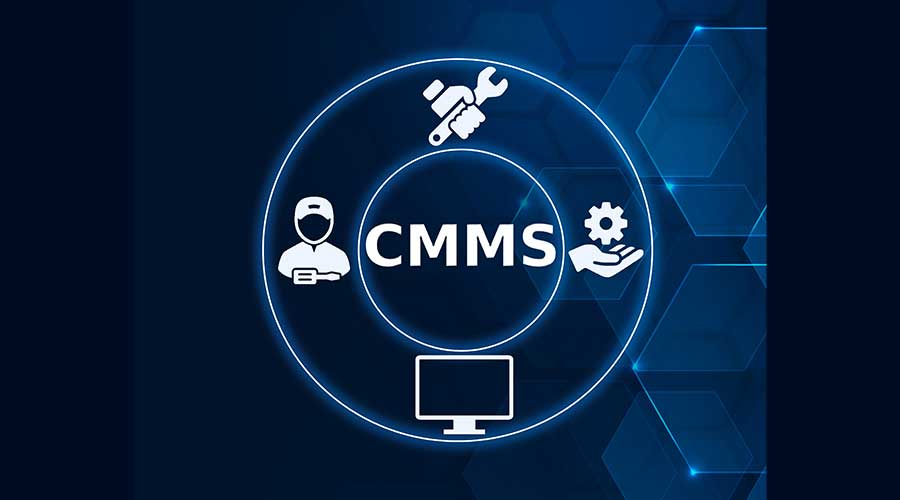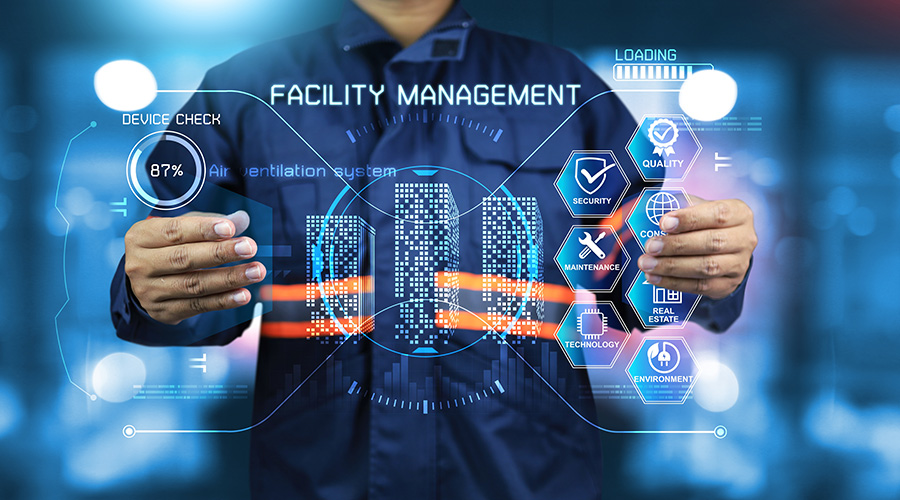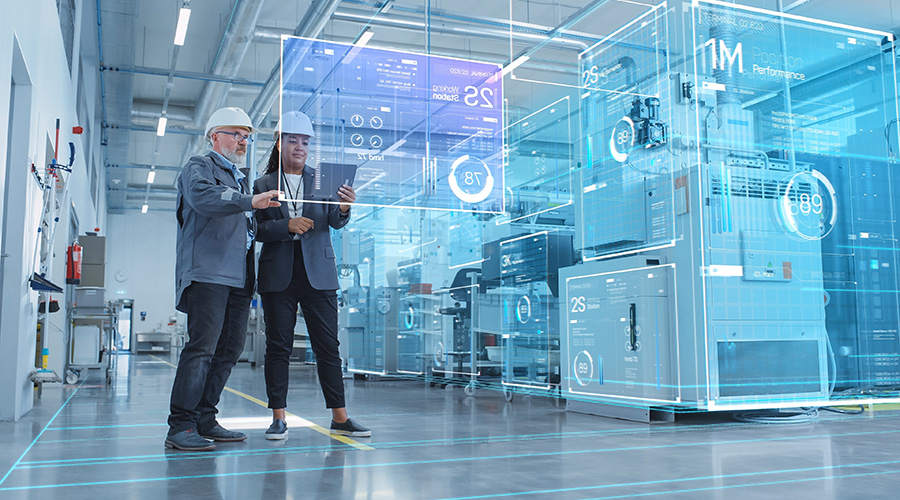Mobile Applications Essential to new CMMS
Software mobility
Managers seeking to replace an existing CMMS with a new application also must consider new opportunities related to software that supports mobile technicians. The use of handheld devices and wireless technology has enabled technicians to access maintenance data from the field and, as a result, become efficient.
Technicians get more work done because they do not have to leave the field to close or receive orders. Managers can do their jobs more effectively because they have real-time data and can be in constant communication with technicians. All of these benefits translate into cost savings for the facility.
Mobile technology offers many benefits, but it can present challenges. Crews are diverse, working with a variety of systems that include HVAC, electrical, and plumbing components. In addition, technicians have varying degrees of experience, computer literacy, and capability.
As a result, managers need to be aware of resistance to technology from technicians. In any industry, technology can create tension. Workers fear technology will make all or part of their jobs obsolete or unnecessary. Also, many technicians have been doing things a certain way for a long time, and it is difficult to break these routines. The result is that technicians sometimes simply will not use the new technology or will return to the old way of doing things.
One strategy to address this issue is for managers to get everybody involved up front. If technicians can provide input on the system, see long-term benefits, and understand the ways it can make their jobs easier, they are more likely to invest in the success of a mobile CMMS.
The bottom line
Managers installing a new CMMS also must carefully consider cost. For departments with many employees, the initial cost can be daunting, considering the need to train and invest in technology for each employee. In many cases, the actual cost is less than the initial estimate. The price also fluctuates based on the desired capabilities of the device and the software. By carefully reviewing the department's situation, managers can reduce actual costs dramatically.
Managers also must consider data-entry challenges for technicians. In many facilities where technicians constantly use their hands to maintain machinery and other dirty components, typing on a keyboard or screen is difficult, if not impossible.
With the right software option, managers can customize the application and move away from an interface that relies principally on fields into which technicians type data and toward one that is menu-based. Such interfaces allow technicians to simply pick results from a drop-down menu.
The steps to success for a new CMMS are clearly defined for managers. They need to conduct a comprehensive needs analysis to determine the appropriate CMMS. They also need to implement ongoing training in a multi-phase process and, if possible, review and correct data on existing equipment and maintenance activities.
Finally, they must determine the best strategies for maximizing the opportunities created by mobile CMMS technology to transform the organization's maintenance and engineering management and make technicians more efficient than ever.
Kris Bagadia — krisb@peakis.com — is a consultant and long-time educator with PEAK Industrial Solutions in Milwaukee.
Related Topics:














